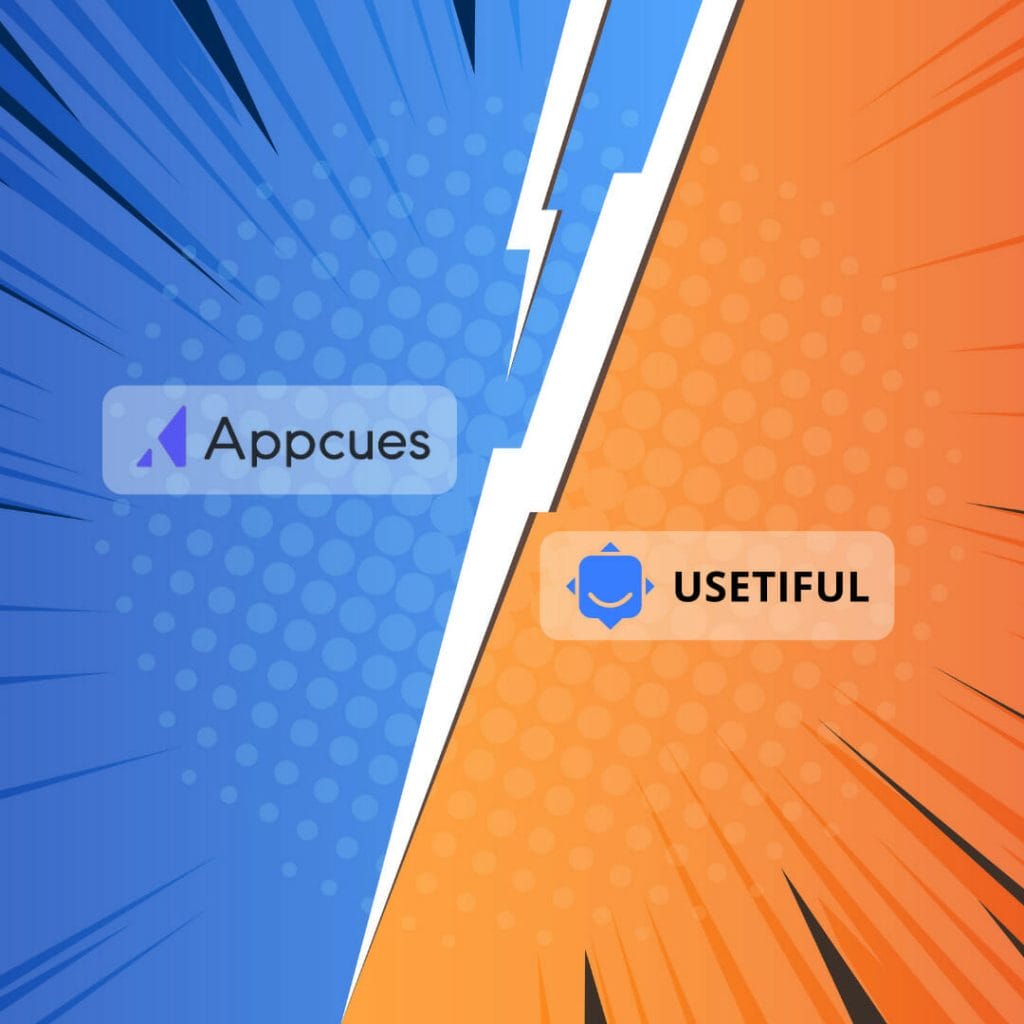In the world of remote work and online collaboration, video conferencing tools have become essential for businesses and individuals alike. Two popular options in this space are Google Meet and Sessions, each offering a unique set of features that cater to different user requirements. Choosing the right video conferencing platform can be a critical decision, and a side-by-side comparison is often necessary to determine which solution best aligns with your needs.
Google Meet, known for its reliability and seamless integration with other Google Workspace products, carries a robust set of features designed for corporate and educational use. On the other hand, Sessions provides a more specialized approach tailored for customer engagement and expert consultations. Both platforms have received positive feedback from their users, but the choice should ultimately depend on each organization’s unique requirements.
As we dive into the comparison of Sessions and Google Meet, we’ll be exploring several key aspects, including pricing, ease-of-use, features, customer service, and overall satisfaction ratings from actual users. This comparative analysis aims to provide a well-rounded perspective on these two video conferencing solutions, empowering readers to make an informed decision about which platform best fits their needs.
About Sessions

Sessions is a video conferencing platform designed to cater to various business needs, such as webinars, demos, workshops, and training. The platform offers a one-stop solution for organizations that require effective communication and collaboration tools for remote work. In comparison to other platforms like Zoom and Google Meet, Sessions provides a unique set of features and focuses on usability and seamless user experience.
One of the key features of Sessions is its easy-to-use interface that enables participants to join meetings using a meeting ID, without the need for any additional software installation. This simplifies the process of joining and hosting meetings, making it suitable for a wide range of users.
In addition, Sessions offers advanced collaboration tools such as whiteboard functionality and screen sharing. These features allow users to work together on projects in real-time, enhancing productivity and enabling effective communication during meetings. Moreover, the platform supports video chat, which can be used for one-on-one conversations or larger conference calls, further expanding its range of use cases.
Another notable aspect of Sessions is the built-in waiting room feature, which adds an extra layer of security and allows hosts to control participant access to meetings. This is particularly useful for businesses that deal with sensitive information and require stricter security measures, such as two-step verification.
Meeting recordings can be easily accessed and shared among team members, providing an efficient way to review past meetings or share information with those who couldn’t attend. The platform also offers a centralized workspace, where users can create sessions, share templates and resources, and access recaps and session assets. This not only saves setup time but also promotes organization and efficiency within teams.
In comparison to other video conferencing platforms, Sessions stands out for its focus on usability and the comprehensive suite of collaboration tools it offers. While it may not have the same market presence as Zoom or Google Meet, Sessions provides a strong alternative for businesses looking for a streamlined, user-friendly platform designed to support remote work and effective collaboration.
About Google Meet

Google Meet is a popular video conferencing tool developed by Google. It is designed with a user-friendly interface and offers a range of features for both individual and enterprise users. With seamless integration into other Google products such as Gmail, Google Calendar, and Google Workspace (formerly known as G Suite), Meet provides a convenient solution for remote communication and collaboration.
The platform offers a simple and intuitive user interface (UI), making it easy for users to navigate through various features. Users can schedule meetings directly through Google Calendar or by creating a meeting link that can be shared via email or chat. Furthermore, Google Meet allows participants to join meetings through a web browser, eliminating the need to download any additional software. The platform works smoothly with Google Chrome and is also compatible with other popular browsers.
One of the key features of Google Meet is its high-quality video conferencing capabilities. Users can host meetings with up to 250 participants, and the platform supports various layouts, such as tiled, spotlight, and sidebar. In addition, the platform provides real-time captioning to help participants follow the conversation more easily.
Collaboration is made easy with the platform’s integration into Google Workspace. Users can work together on documents, spreadsheets, and presentations through Google Docs, Sheets, and Slides, all while remaining within the Google Meet interface. This feature enables users to collaborate and discuss their work simultaneously, enhancing productivity and efficiency.
Meeting recording is another valuable feature available to Google Workspace Enterprise customers. Meeting hosts can record meetings and download them for future reference or sharing with team members who were unable to attend the session. The recordings are automatically saved to Google Drive.
In terms of customer support, Google Meet offers resources such as help articles, video tutorials, and community forums to help users troubleshoot and resolve issues. Premium Google Workspace customers also have access to dedicated phone and email support channels.
Overall, Google Meet is a feature-rich, easy-to-use platform that integrates seamlessly with various Google services, making it a reliable choice for businesses and individuals looking for an efficient video conferencing tool.
Round 1: Best UX

When it comes to ease of use and user experience, both Google Meet and Zoom bring their unique strengths to the table. With the massive increase in video conferencing software usage during the coronavirus pandemic, delivering a seamless and user-friendly interface has become essential for these platforms.
Google Meet is renowned for its simplicity and integration with other Google services. If you’re already using the Google ecosystem, setting up and joining video calls in Google Meet is a breeze. With a clean and straightforward interface, it’s easy for users to navigate through various features and options. This makes it an attractive choice for those who are new to video conferencing.
On the other hand, Zoom excels in providing a wide array of features, catering to both casual and professional users. It offers advanced settings such as noise cancellation, virtual backgrounds, and breakout rooms, which bring more flexibility and customization options to the table. However, this wealth of features might make the learning curve steeper for beginners.
Taking quality into account, both Google Meet and Zoom deliver excellent video and audio performance, ensuring that video calls are as smooth as possible. Zoom might have a slight edge in this department with its dedicated HD video and audio options that can be enabled for improved quality during videoconferencing.
In summary, both Google Meet and Zoom have their own advantages when it comes to user experience. Google Meet scores with its simplicity and seamless integration, making it easy to use, especially for those already in the Google ecosystem. On the other hand, Zoom’s versatile feature set and advanced options cater to a wider audience, albeit with a steeper learning curve.
Round 2: Features Comparison

When comparing the features of Sessions and Google Meet, there are several key points to consider. Both platforms have their unique offerings and integrations that cater to different users and requirements.
In terms of security, both Google Meet and Sessions prioritize user safety. Google Meet benefits from Google’s robust infrastructure, implementing encryption for all data transmitted between participants. Sessions, while not as well-known as Google, also ensures secure communication through end-to-end encryption.
Collaboration tools are essential for productivity in remote meetings. Google Meet is strongly integrated with other Google services such as Drive, Docs, and Forms, enabling seamless access and editing of documents in real time. Sessions, on the other hand, offers its own set of collaboration tools, such as whiteboards and screen sharing options, allowing users to engage in interactive and immersive discussions.
One key feature differentiating the two platforms are breakout rooms. While Google Meet supports breakout rooms for dividing participants into smaller groups, Sessions does not currently offer this feature. This might be an important consideration for teachers or event organizers managing large groups.
In terms of video quality, both Google Meet and Sessions support HD video. Google Meet allows for virtual backgrounds, which provide more personalization options for users. Sessions, however, does not yet support virtual backgrounds.
For users who rely heavily on integrations, Google Meet shines in this department. Apart from its native Google Suite integrations, users can also connect with various third-party applications like Slack. Integrations for Sessions, on the other hand, are limited, focusing mainly on tools for screen sharing, whiteboards, and chats.
Cloud storage options are also a factor to consider. Google Meet users can automatically save recordings of their meetings to Google Drive, utilizing the platform’s versatile storage capabilities. Sessions, however, does not offer built-in cloud storage options.
The quality of customer support can truly impact an overall user experience. Google Meet has dedicated support channels and provides extensive documentation to assist users. As Sessions is still an up-and-coming platform, their customer support options may not be as comprehensive, but they still have a growing community and knowledge base.
In conclusion, the choice between Google Meet and Sessions largely depends on specific user requirements. While Google Meet may suit those looking for seamless document collaboration and broader integrations, Sessions is a viable option for users who prioritize screen sharing, whiteboards, and chat tools for effective communication. Regardless of the choice, users can expect a secure and reliable video conferencing experience.
Round 3: Price

When comparing Google Meet and Sessions, pricing is an essential factor to consider. Both platforms offer a range of plans to accommodate different needs and budgets.
Google Meet provides a free version, which offers a 1:1 meeting length of 24 hours and a group meeting length of an hour source. This option is suitable for casual users who don’t require advanced features. For more extensive capabilities, Google Meet offers two paid plans: Business for $12 per user per month and Enterprise for $18 per user per month source. These plans include additional features like recording capabilities and increased participant capacity, making them ideal for businesses. However, there is no free trial for the paid plans.
In contrast, Sessions offer a more straightforward pricing structure. While there isn’t much information available about their free version, it’s known that they provide custom plans for enterprise users. To find out more about Sessions’ pricing and what it includes, potential clients need to contact the company directly. This can make it difficult for users to compare Sessions’ pricing and plans against Google Meet’s.
Some other factors to consider include whether the platforms integrate with Excel, which might be useful for organizing and managing data from polls conducted during meetings. Current information about Sessions doesn’t mention Excel integration. On the other hand, Google Meet, being part of the Google Suite, does not offer a direct integration with Excel but can integrate with Google Sheets source. Users can then export the data to Excel, if necessary.
In summary, both Google Meet and Sessions offer a range of pricing options to accommodate users with different needs. Google Meet provides a free version as well as paid plans, while Sessions seem to focus more on custom enterprise plans. Deciding which platform to choose will depend on the specific requirements and budget of the user.
Battle Decision: Sessions Winner

When comparing Sessions and Google Meet, there are certain aspects where Sessions outshines its competitor. Let’s take a look at some key areas where Sessions takes the lead.
First, integration with popular tools like Microsoft Office 365, Microsoft Teams, and Outlook Calendar gives Sessions an edge when it comes to seamless collaboration and scheduling. Users can synchronize their calendar events and join meetings directly from their preferred outlook or iCal.
Second, Sessions offers advanced security features such as waiting rooms, robust compliance measures, and prevention against zoombombing. This level of security is crucial for organizations looking to conduct confidential meetings or to ensure the privacy of their participants.
Furthermore, Sessions provides native support for live streaming and integration with tools like Jamboard for interactive whiteboard experiences. Its built-in transcriptions help users with accessibility requirements or those who need to review meeting conversations later on.
Another advantage of Sessions is its compatibility with various customer support tools like Zendesk. Such support integration is invaluable for providing seamless customer service without having to switch between different software platforms.
In terms of collaboration features, Sessions stands out by offering better compatibility with Cisco Webex, a popular conferencing tool known for its reliability and performance. Sessions’ integration with Webex facilitates easy transition for users currently working with both platforms.
While both platforms have their unique strengths, Sessions emerges as the winner in this battle due to its advanced security, seamless integration with other tools, and versatile collaboration features.



